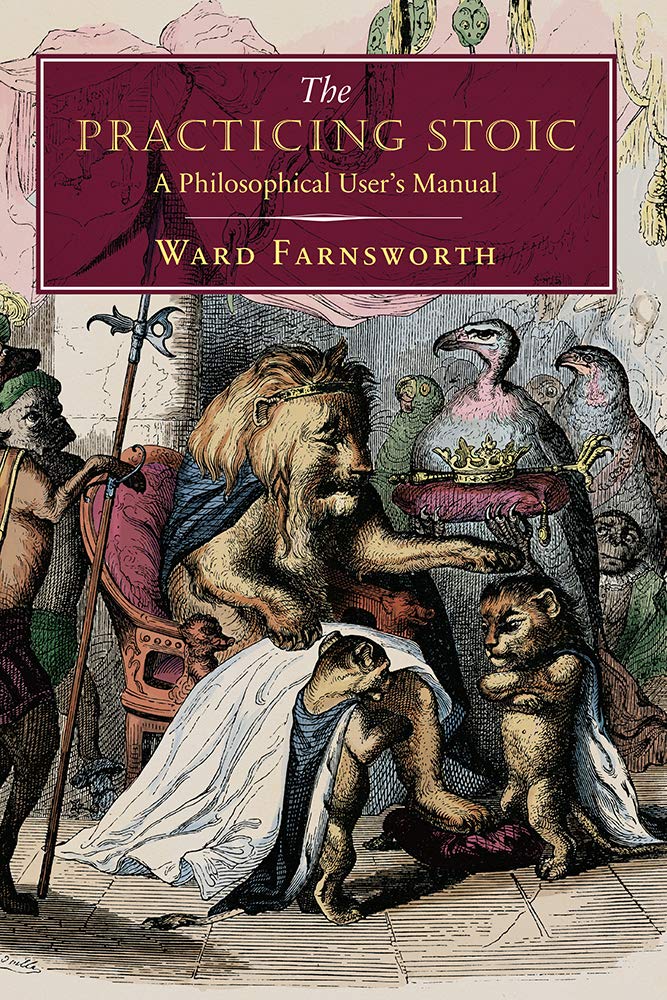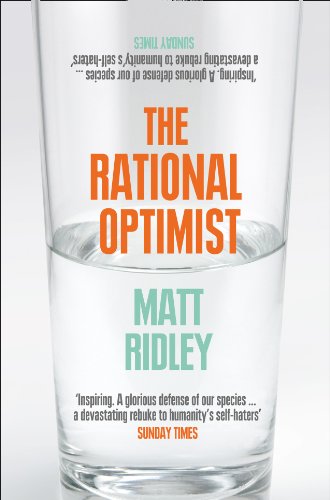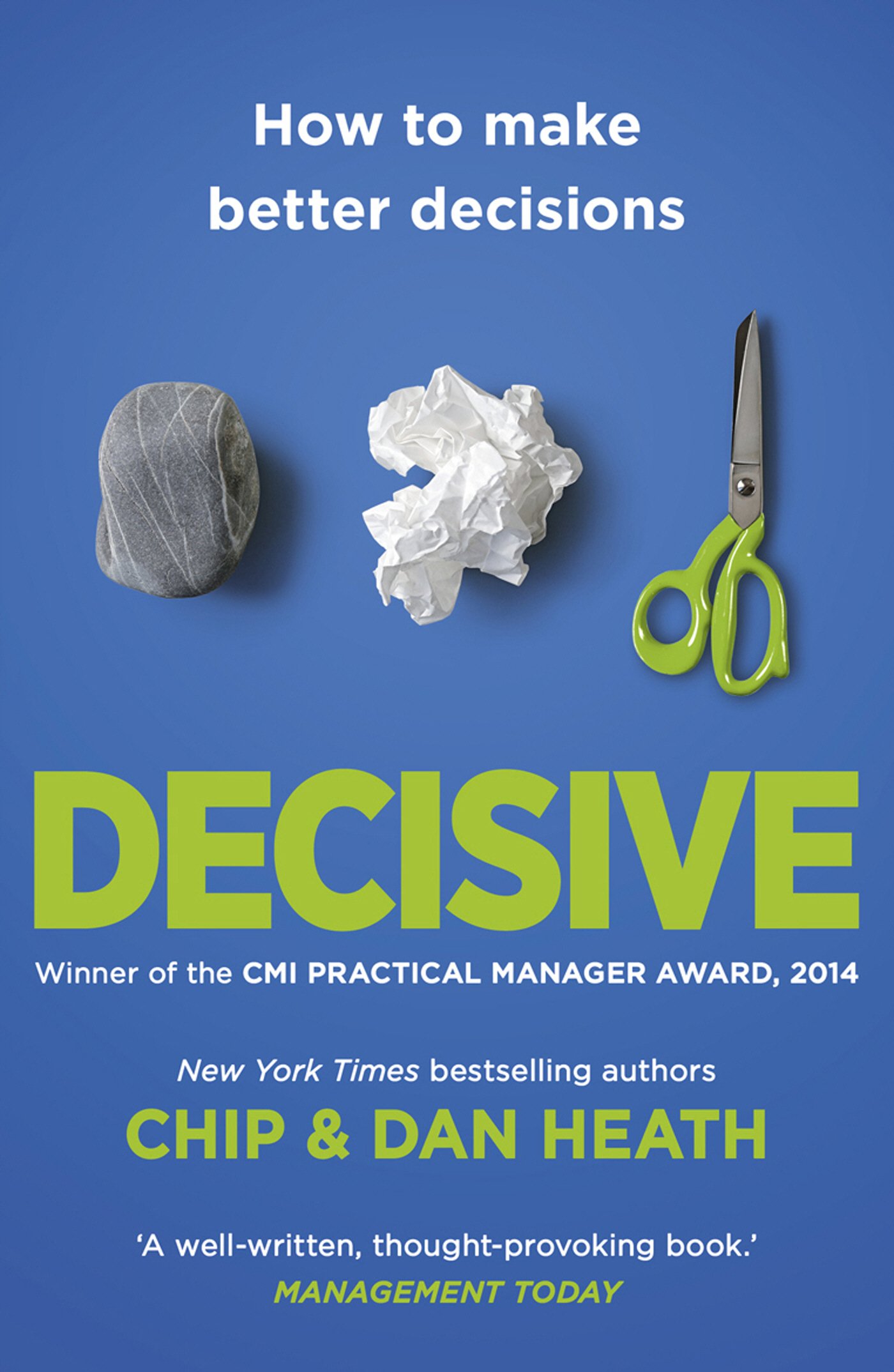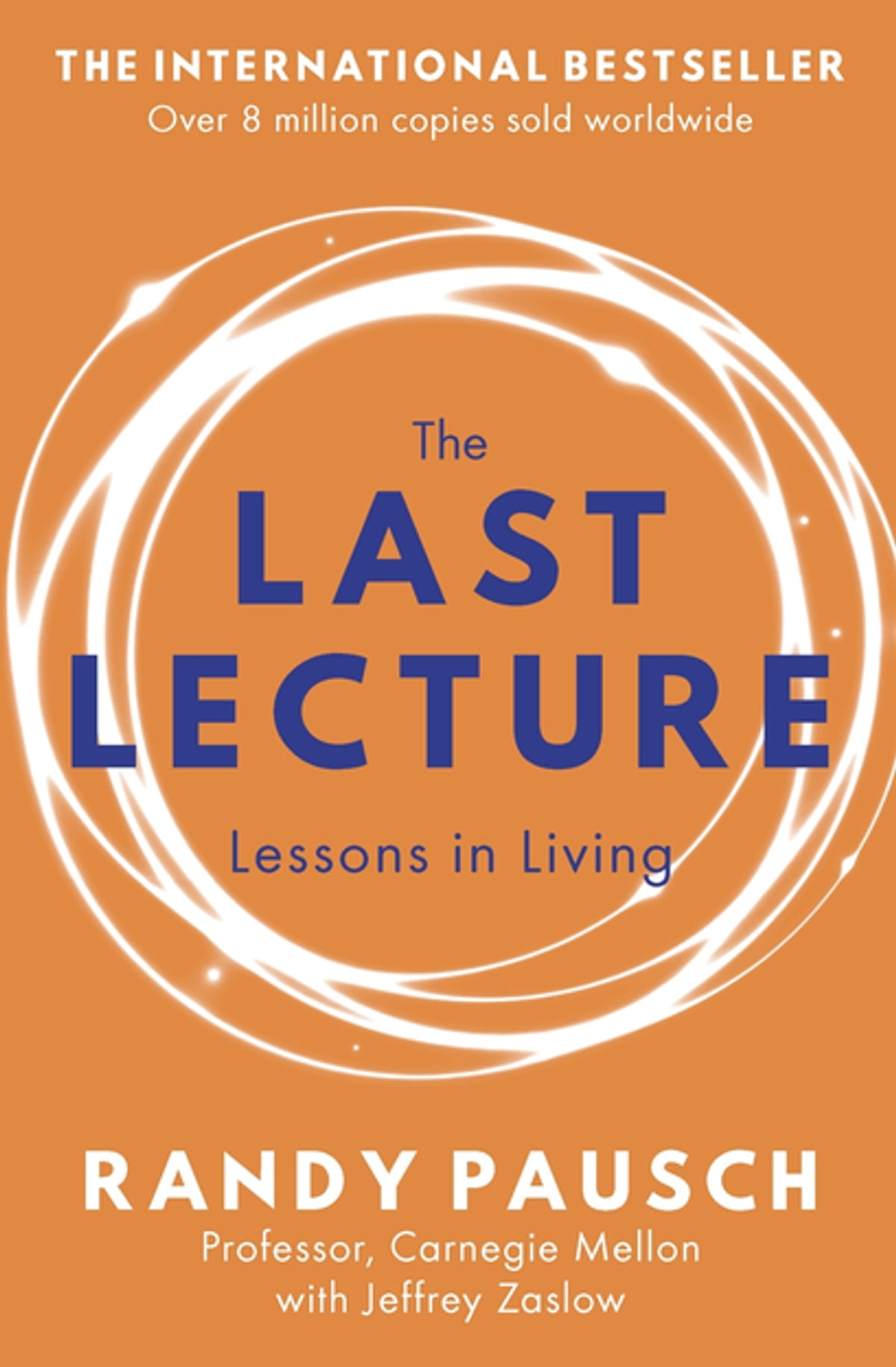Learn how elite distance runners in Ethiopia train and think

Out of thin air by Michael Crawley describes the experiences of a highly accomplished Scottish marathon runner as he trains alongside world-class Ethiopian distance runners. It was so easy to read and an absolute pleasure (especially whilst preparing for my first ultra).
The main take-away for me is the almost spiritual nature of running, its culture, and the unique practices the author describes. They challenge much of the conventional wisdom about how we ‘should’ train in the West. This is particularly pertinent given the long history of world champions from Ethiopia.
Some points:
- Crawley describes being unable to keep up as a sensation of panic & weakness, rather than pain, with relief once you’re allowed to slow
- The runners essentially never talked about the faster ones being ‘gifted’ or ‘naturals’
- To be serious and successful, a runner must think carefully and plan their training
- For example, very rarely running on tarmac in order to ‘save’ their legs
- Certainly not spend the whole of the day (after training) walking around
- One reason to run is to find something that provides ‘resistance to comfort’; it is the antithesis to the rest of our Western lives
- But everyone has their own story or explanation for it is meaningful [we do this for just about everything we do]
- Watches, shoes, gear, and facilities allow runners to make ‘excuses’
- The runners put huge importance on accuracy, both in training duration and pace of sessions
- Partly this is in order to save energy for the right sessions
- Running is a job. For these elite athletes, it is the combination of enjoyment, competition, and potential money that motivates them
- Many ‘Western’ running concepts (e.g. 20-minute window for recovery nutrition) are ignored
- Instead there are many unique practices (e.g. running zig-zag, belief in the importance of the training surface, running in-step with the person in front)
- Other things that might not seem ‘sensible’ to Western runners would include doing hill sessions in the middle of the night or running through an illness in order to build strength
- But clearly these are a part of the cultural practices that train some of the greatest distance runners ever
Books such as these are highly motivating even without necessarily trying to be. I love the way that learning about how others push themselves hard subtly nudges you to go a little further yourself.
More books like this:
- What I talk about when I talk about running by Haruki Murakami
- Eat & run by Scott Jurek
Useful links:




